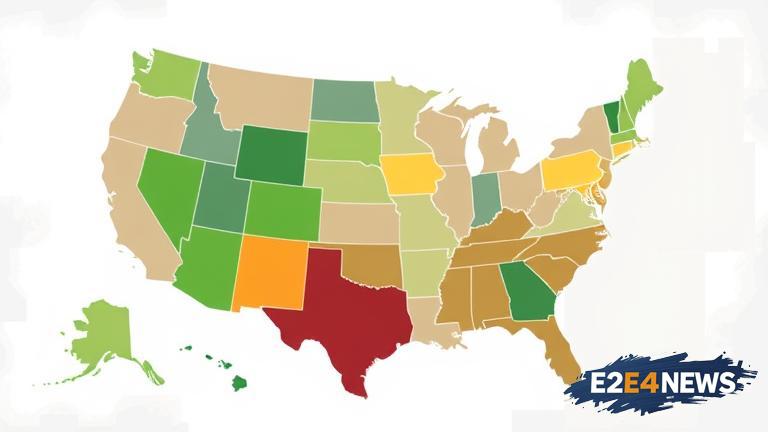The United States Department of Agriculture (USDA) has announced a sweeping reorganization that will see some of its Washington D.C. workers relocated to five regional centers across the country. This move is part of a broader effort to decentralize the agency’s operations and bring its services closer to the communities it serves. The five regional centers will be located in Salt Lake City, Utah; Indianapolis, Indiana; Kansas City, Missouri; Fort Collins, Colorado; and Raleigh, North Carolina. The relocation is expected to affect approximately 550 employees, who will be given the option to relocate or take a buyout. The USDA has stated that the reorganization is intended to improve the agency’s efficiency and effectiveness, as well as to reduce costs. The move is also seen as a way to bring the agency’s services closer to the rural communities it serves, and to better align its operations with the needs of those communities. The USDA has a wide range of responsibilities, including agriculture, conservation, and food safety, and the reorganization is expected to impact a number of its programs and services. The agency has stated that it will work to minimize disruptions to its services during the transition period. The relocation is expected to be completed by the end of 2024, and the USDA has established a timeline for the move. The agency has also established a number of resources to support employees who will be affected by the relocation, including counseling and outplacement services. The USDA has stated that it is committed to supporting its employees through this transition, and to ensuring that its services continue to meet the needs of the communities it serves. The reorganization is seen as a significant shift in the way the USDA operates, and is expected to have a major impact on the agency’s culture and operations. The move is also seen as a way to improve the agency’s accountability and transparency, and to better align its operations with the needs of the public. The USDA has stated that it will continue to work to improve its services and operations, and to ensure that it is meeting the needs of the communities it serves. The reorganization is a complex and multifaceted process, and the USDA has established a number of working groups and task forces to oversee the transition. The agency has also established a number of metrics and benchmarks to measure the success of the reorganization, and to ensure that it is meeting its goals. Overall, the USDA’s reorganization is a significant development that is expected to have a major impact on the agency’s operations and services.
